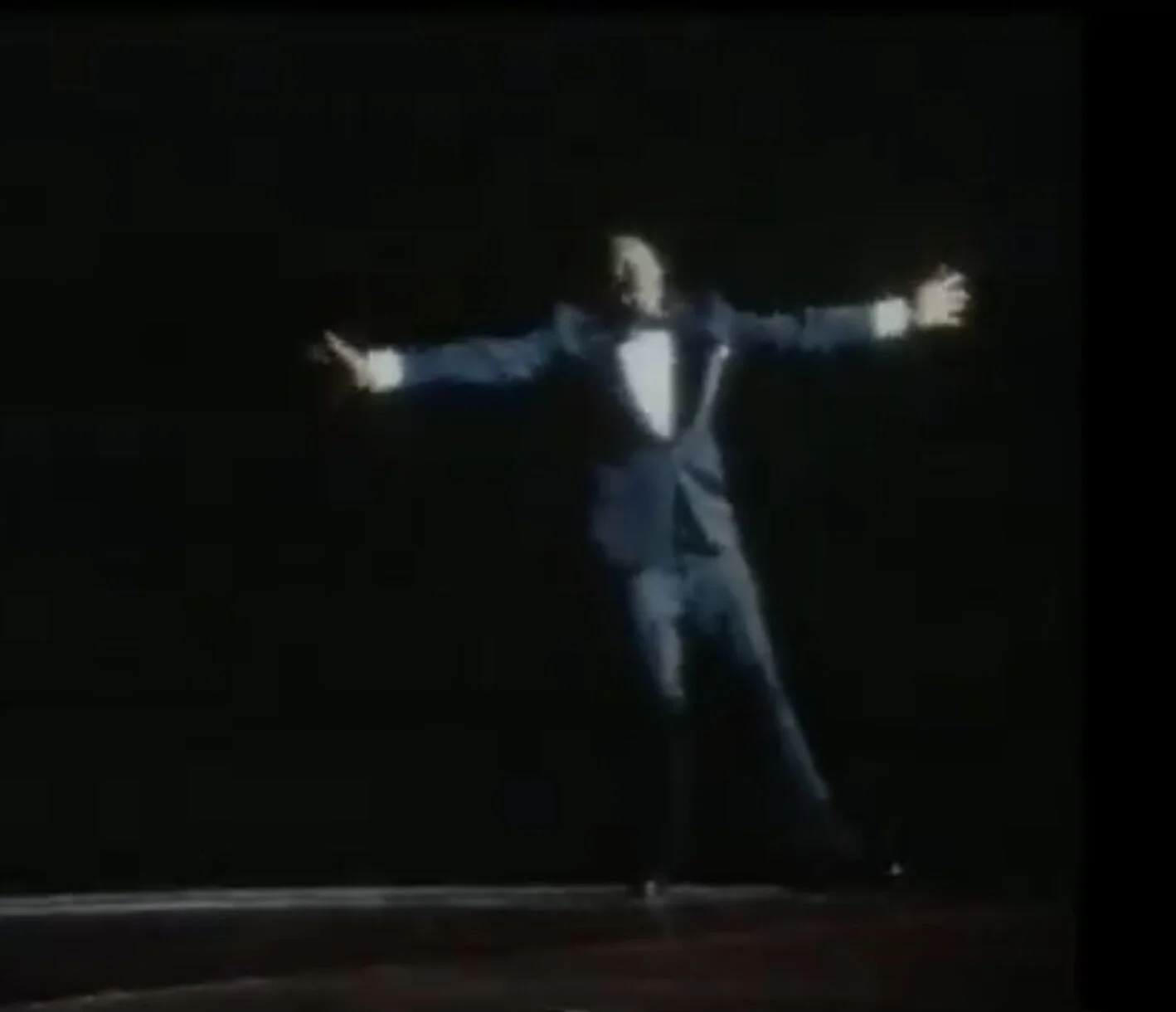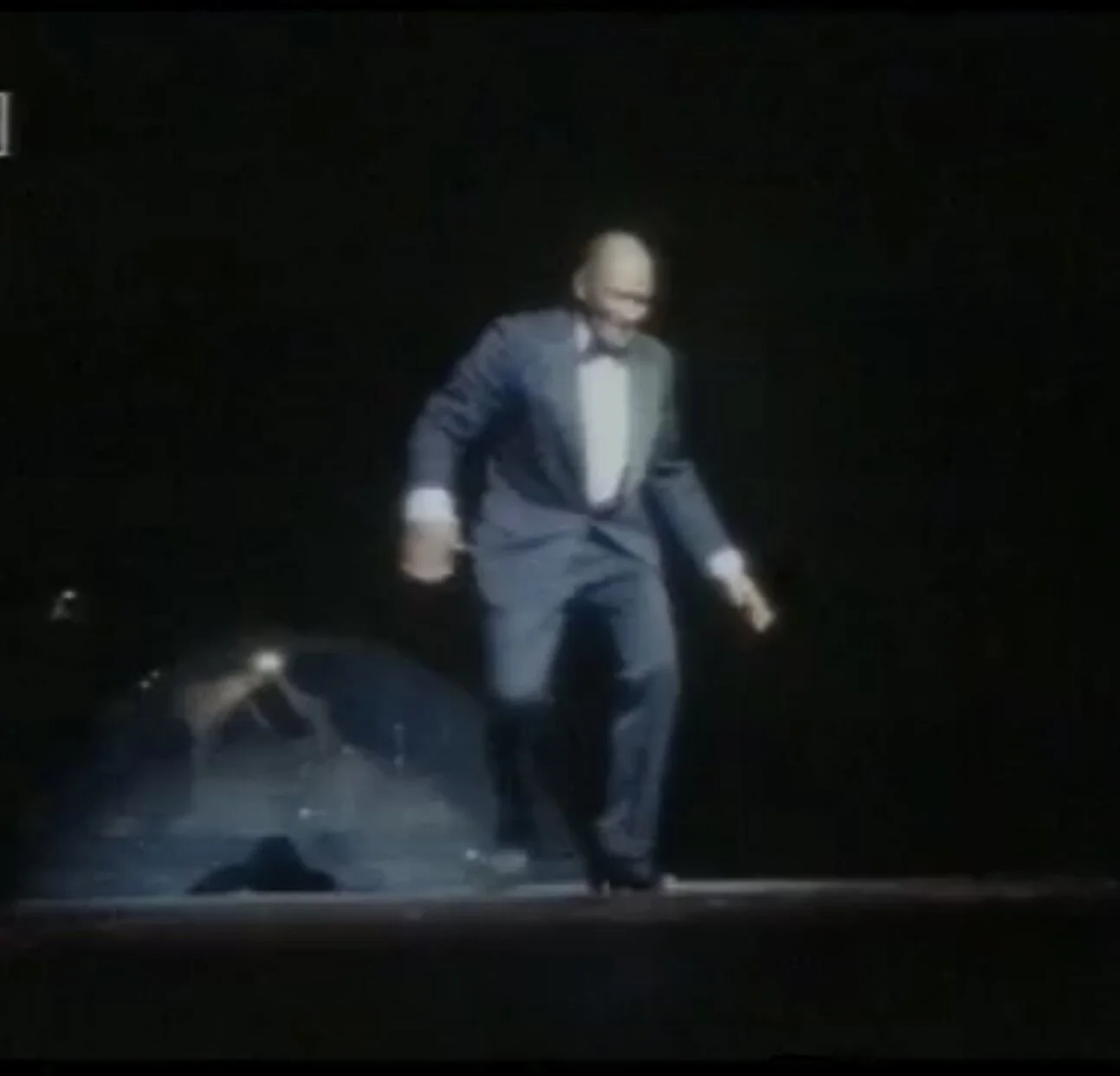Chuck Green: Black History Month in Dance - 12
62; 63; 64; 65; 66. Chuck Green (1919-1997) fell out of history for whole years of his life - he spent fifteen years (1944-1959) in a mental institution - but he earnt a place long ago in any Black History, and in any dance history. I was one of the many thousands who first heard of him in 1980 with the television documentary “No Maps On My Taps”; later that decade, I was able to watch him both in London (c.1985”) and New York (1988). He was well into his sixties then, but there was no doubt that this was the greatest tap dancer I had ever seen in live performance. More then forty years on, and in an era when tap has returned to a new eminence, I still feel that way about him.
What you couldn’t miss about Davis was the strange disparity between the tension across his upper body and the nimbleness of his feet and legs. He made that tension expressive: he danced as if he were Atlas carrying the world on his shoulders - or rather as if he were Atlas and the world yet still dancing. Tap emerged from deep in his being, but, all its power in him, he never lost a sense of play. You can find whole numbers by him on YouTube; the longer the better, since it was in his sustained items that he began to reveal the immense range of his expressive and rhythmic skills.
Saturday 13 February
Chuck Green
Chuck Green
Chuck Green
Chuck Green
Chuck Green




